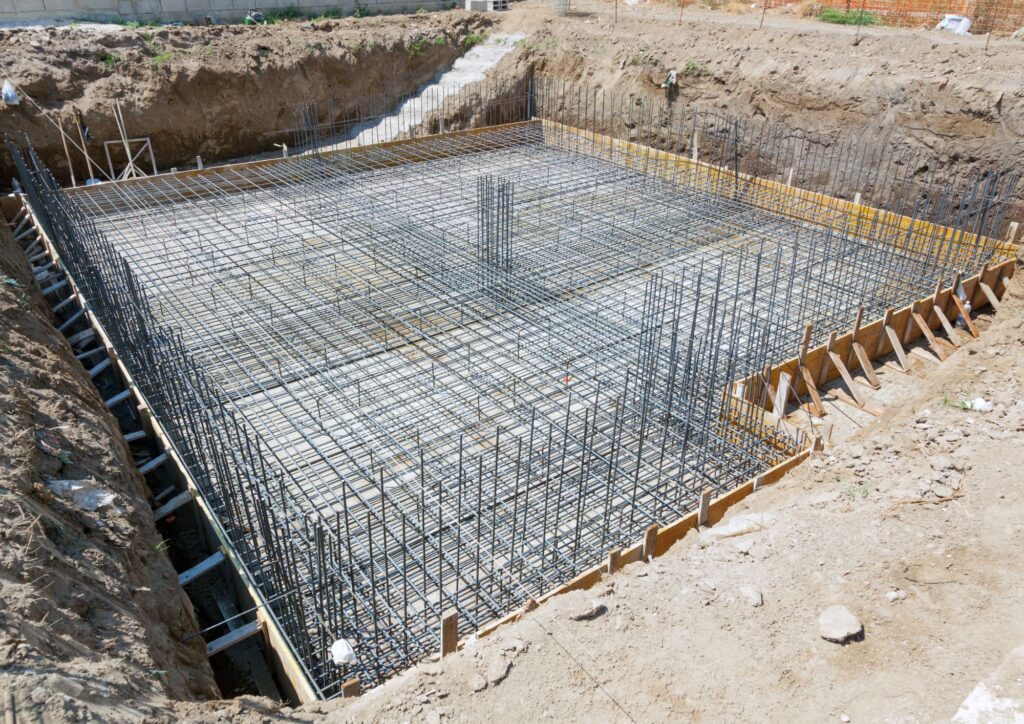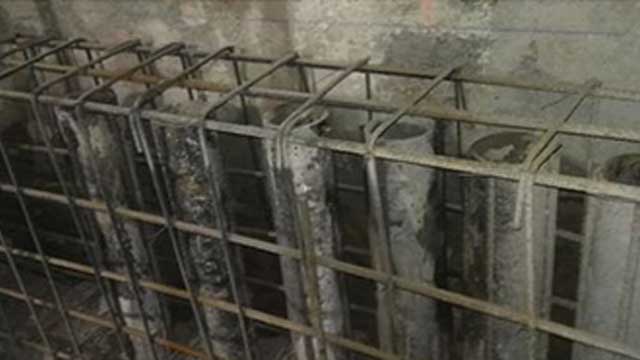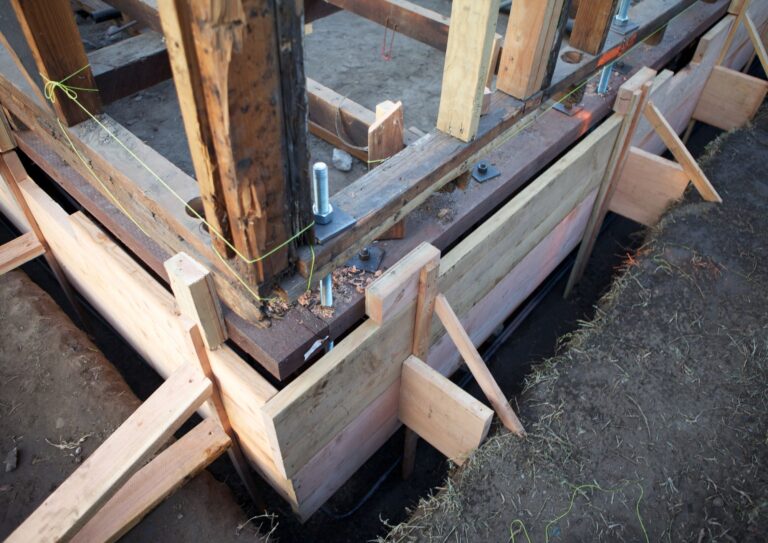Structural evaluation, geotechnical and environmental considerations, and cost and time analysis
He foundation underpinning It is a crucial technique to guarantee the stability and safety of a building whose original foundation has been damaged or shows signs of instability. Before carrying out this process, it is vital to carry out a series of evaluations and analyzes to ensure that the intervention is effective and sustainable.
The main factors to consider are detailed below: the evaluation of the structural condition of the building, the geotechnical and environmental considerations, and the analysis of the estimated cost and time to perform the underpinning.

Evaluation of the structural condition of the building
The first step in the process of foundation underpinning It is a comprehensive evaluation of the structural condition of the building. This evaluation must be carried out by a qualified structural engineer and may include:
- Visual inspection: Identification of cracks, settlements and other visible signs of damage to the structure. Diagonal cracks in walls and uneven floors are common indications of foundation problems.
- Non-destructive testing: Methods such as ultrasound, thermography, and ground-penetrating radar assessment can provide detailed information about the condition of the foundation without causing additional damage.
- Movement monitoring: Installing monitoring instruments, such as inclinometers and settlement gauges, can help measure structure movements and determine the severity of the problem.
- Load analysis: Evaluation of the loads that the structure exerts on the foundation to understand if the original design is sufficient or needs to be reinforced.

Geotechnical and environmental considerations
Soil conditions and the surrounding environment are critical factors that must be analyzed before proceeding with the foundation underpinning. Geotechnical and environmental considerations include:
- Soil study: A detailed geotechnical analysis of the soil provides information on its composition, bearing capacity and behavior under applied loads. This includes performing standard penetration tests (SPT), cone penetration tests (CPT) and triaxial tests.
- Presence of groundwater: The presence and level of groundwater can significantly affect the type of underpinning required. In saturated soils, special techniques such as the use of displacement piles or grout injection may be required to stabilize the soil.
- Environmental impact: It is essential to consider the environmental impact of underpinning techniques. Some techniques may be more invasive than others and may affect local flora and fauna, as well as air and water quality. Selecting less invasive methods can be beneficial to minimize environmental impact.
- Weather conditions: Climatic conditions can influence the underpinning process. For example, in frost-prone areas, it is important to consider the effect of the freeze-thaw cycle on soil and foundation stability.
Estimated cost and time to perform the underlining
A careful evaluation of the cost and time required to carry out the foundation underpinning It is essential for project planning. This analysis should include:
- Cost of materials and labor: Costs can vary significantly depending on the underpinning method chosen. Methods such as micropiling, resin injection and the use of piles can have different cost implications.
- Evaluation and monitoring costs: In addition to the direct cost of underpinning works, it is important to consider the expenses associated with initial evaluations and ongoing monitoring of the structure.
- Execution time: The duration of the project depends on the complexity of the necessary underpinning and the method used. It is crucial to estimate building downtime and how it will affect operations or habitability.
- Contingency factors: It is always advisable to include a margin for unforeseen events in the project budget and schedule. Factors such as unexpected soil conditions or weather changes can influence the time and cost of underpinning.

He foundation underpinning It is an essential technical intervention to ensure the stability and longevity of buildings. Before proceeding, it is crucial to conduct a detailed structural assessment, consider geotechnical and environmental conditions, and conduct a thorough analysis of costs and time required.
These considerations not only ensure that underlining is effective, but also help minimize risks and optimize resources, thus ensuring the long-term success of the project.





